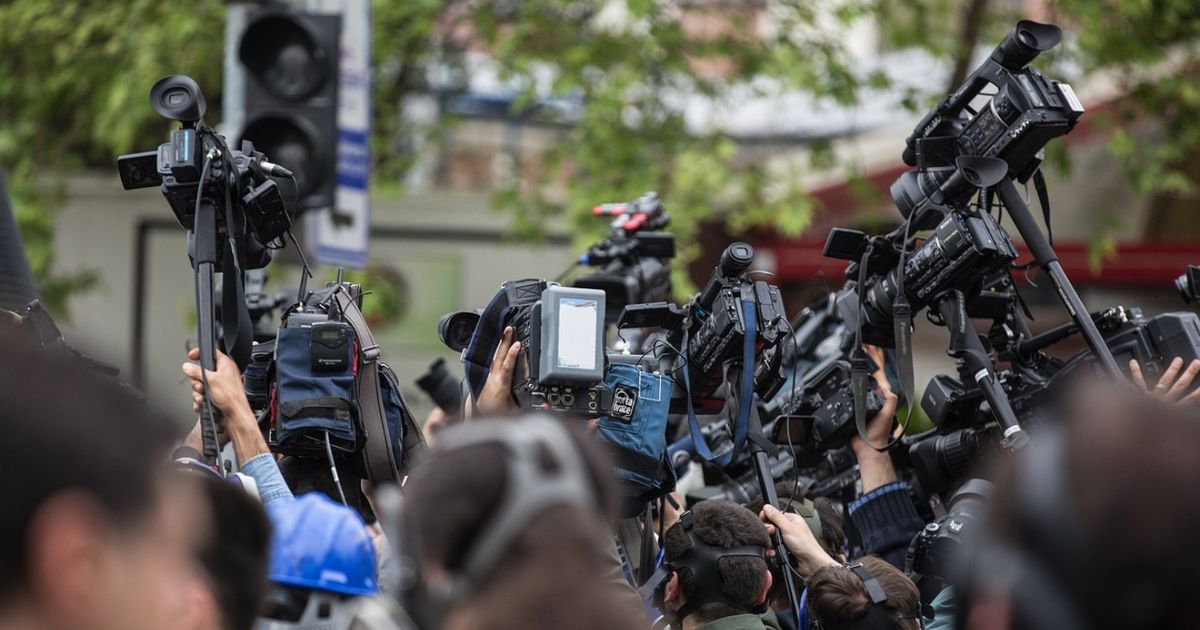After the severe earthquake in the Turkish-Syrian border area with thousands of dead, many people are suspected to be under the rubble. Thousands of buildings collapsed, more than 4,200 people died, according to information from Tuesday night.
So far, there have been 243 aftershocks in the Turkish-Syrian border region while rescue work was underway. This was announced by the civil protection authority Afad on Tuesday.
According to previous information, more than 15,000 people were injured in southern Turkey and northern Syria. Numerous countries promised support, and aid teams from Germany also set off on Monday.
Temperatures in the disaster area are around freezing. Many people cannot return to their homes because they have collapsed or it would be too dangerous to return given the numerous aftershocks.
According to the aid organization Care, an impending snowstorm could significantly aggravate the situation in the earthquake areas. Many roads are impassable.
Among other things, Turkey asked its NATO partners for three field hospitals suitable for extreme weather conditions and staff for their installation.
Monday’s earthquake was the strongest in the Turkish-Syrian border region in decades. It surprised people in the morning at 04:17 (02:17 CET) while they were sleeping. Turkish President Recep Tayyip Erdogan announced a week of national mourning.
According to the USGS, its epicenter was 17.9 kilometers deep near the city of Gaziantep, which has a population of two million, around 60 kilometers from the border with Syria.
Numerous people are rescued alive
The Ministry of Health sent around 4,200 helpers to the disaster area, said the Turkish Minister of Health, Fahrettin Koca, on Twitter late Monday evening. Injured and sick earthquake victims would first receive medical care in tents and then be transferred to hospitals, the minister said in another tweet.
We are there with all our strength to alleviate the suffering. The head of the aid organization Kizilay told broadcaster Habertürk that 40,000 blood donations had already been received.
The Turkish Vice President, Fuat Oktay, announced late Monday evening that 7,840 people had already been rescued from the rubble. People continue to be rescued alive.

In Adiyaman, a 12-year-old boy was rescued from the rubble after 21 hours, state-run Anadolu News Agency reported. People from Diyarbakir and Sanliurfa were also rescued alive from the rubble after almost a day and in freezing temperatures.
The death toll has meanwhile risen to more than 4,200. The chairman of the Turkish civil protection authority Afad, Yunus Sezer, gave the number of deaths in his own country as 2,921 on Tuesday night. In addition, 15,834 “our citizens” were injured.
According to the Ministry of Health and the rescue organization White Helmets, at least 1,300 people died in Syria on Monday evening.
20 suspected IS fighters escaped from Syrian prison
Meanwhile, 20 suspected fighters from the terrorist organization Islamic State (IS) used a prison mutiny that broke out after the quake in north-west Syria to escape, as the AFP news agency learned on Monday evening from the Rajo military prison near the Turkish border.
“After the earthquake, which also affected Rajo, the prisoners started an uprising and took parts of the prison under their control.” Around 20 inmates fled during the mutiny, it was said. “We believe that they are IS fighters.”
Around 2,000 prisoners are being held in the Rajo military prison, around 1,300 of whom are suspected IS fighters. Kurdish fighters are also being held there.
Tremors felt as far as Lebanon and Cyprus
According to the Turkish civil protection agency, the main tremor on Monday morning had a magnitude of 7.7, the epicenter was in Kahramanmaras in southern Turkey. At noon, a 7.5-magnitude tremor shook the same region, according to the Kandilli earthquake station. Afad recorded 243 aftershocks as of Tuesday morning.
The geologist Charlotte Krawczyk from the Geoforschungszentrum Potsdam told ARD that there hadn’t been such a large earthquake in the affected area for around 900 years. It is not possible to predict whether and when further major earthquakes will follow. The tremors could be felt as far as Lebanon and Cyprus – and, according to Denmark’s Geological Institute, measurable as far as Greenland.
Turkey is located in one of the most active seismic regions in the world. In 1999, a magnitude 7.4 earthquake in Düzce in the north killed more than 17,000 people. A magnitude 7.8 earthquake was last recorded in 1939. At that time, 33,000 people died in the eastern province of Erzincan.
Numerous international aid pledges
Despite tensions with Turkey, Greece sent a rescue team with sniffer dogs to the earthquake area on Monday. The Federal Agency for Technical Relief (THW) is preparing to deliver emergency generators, tents and blankets, announced Germany’s Interior Minister Nancy Faeser (SPD) on Monday. Emergency shelters and water treatment facilities could also be provided.
EU countries want to coordinate with each other. Aid pledges also came from Great Britain, India, Pakistan, Finland, Sweden, Russia, Ukraine, which had been attacked by Russia, and the USA.
Australia and New Zealand are also sending millions in aid equivalent to more than 7 million euros via the International Red Cross. This was announced by Australian Prime Minister Anthony Albanese and his New Zealand counterpart Chris Hipkins at a joint press conference in Canberra on Tuesday.
The money will help Red Cross teams bring essential supplies such as food, tents, blankets, medicine and psychological support to the earthquake area.
US President Joe Biden personally pledged support for Erdogan. The two spoke on the phone on Monday, the White House said. In the conversation, Biden assured that the United States was providing NATO ally Turkey with “any support” needed to deal with the tragedy.
One of the hardest hit areas by the earthquake was the rebel-held Idlib region of Syria. This is likely to complicate emergency government aid there. After more than eleven years of civil war in Syria, government troops of Syrian ruler Bashar al-Assad are again in control of around two-thirds of the country. (dpa, AFP)
To home page

